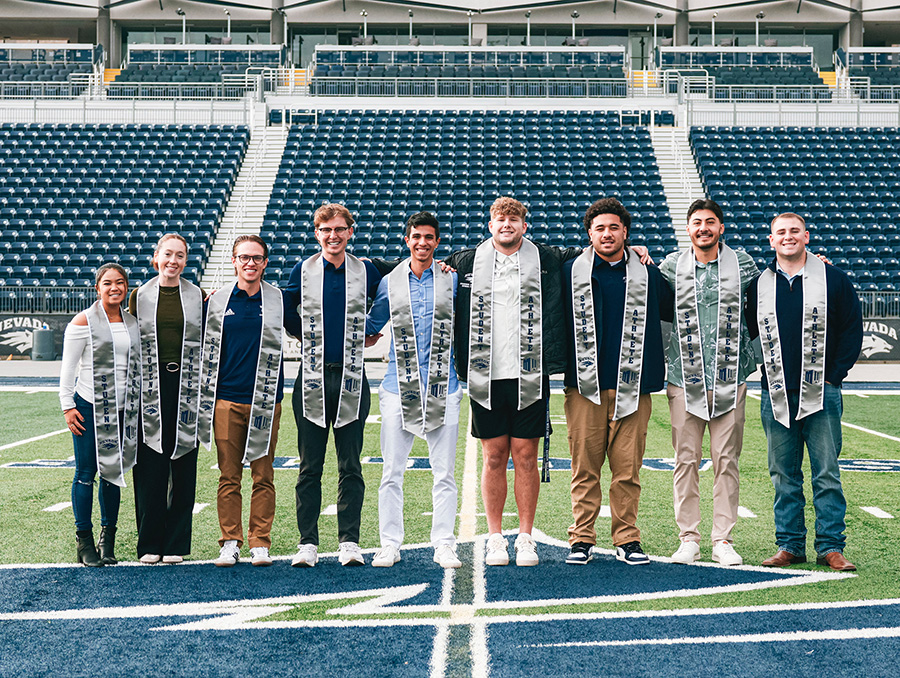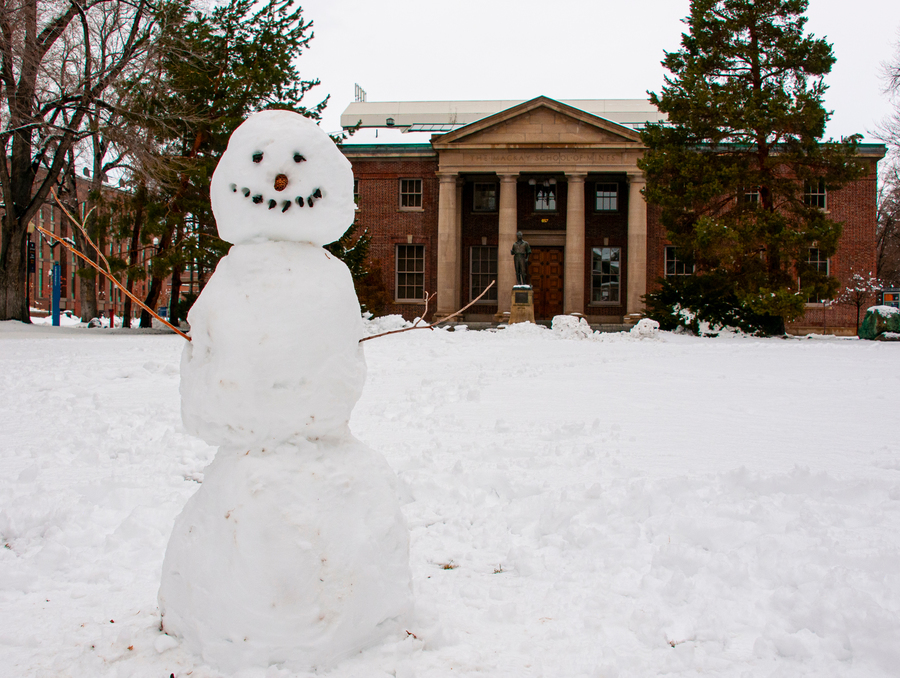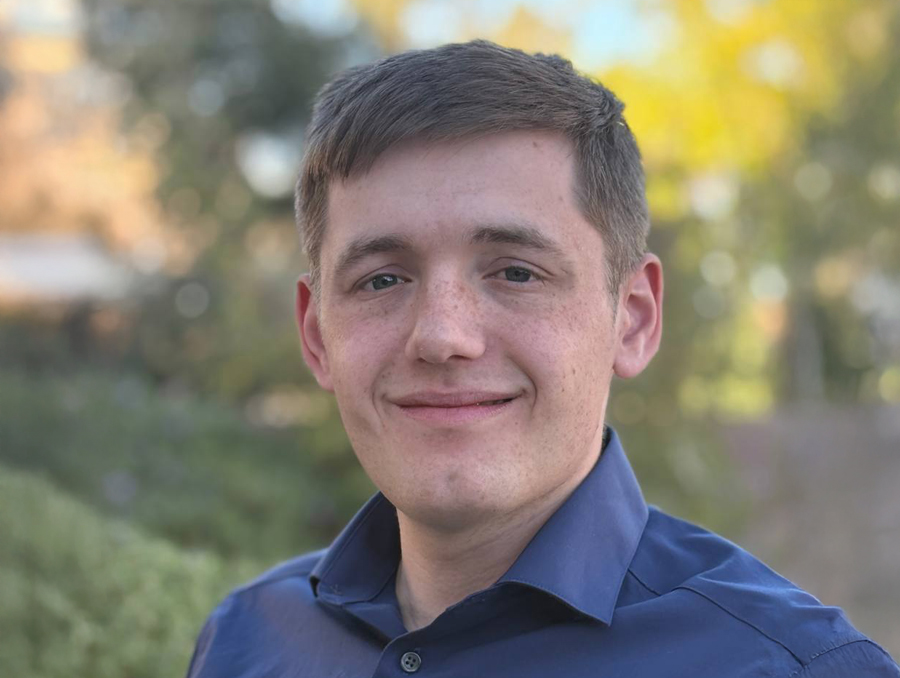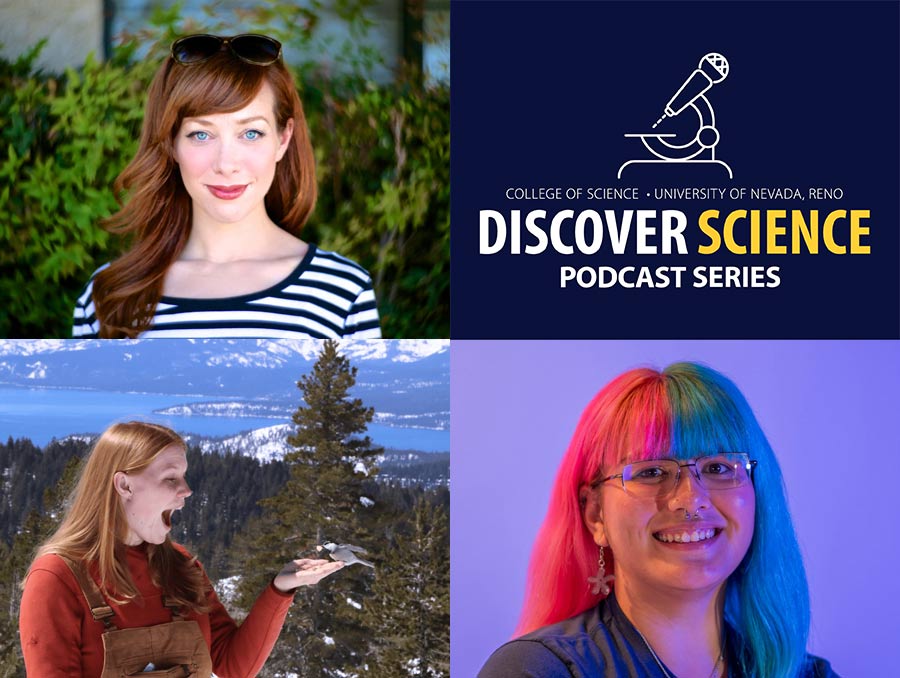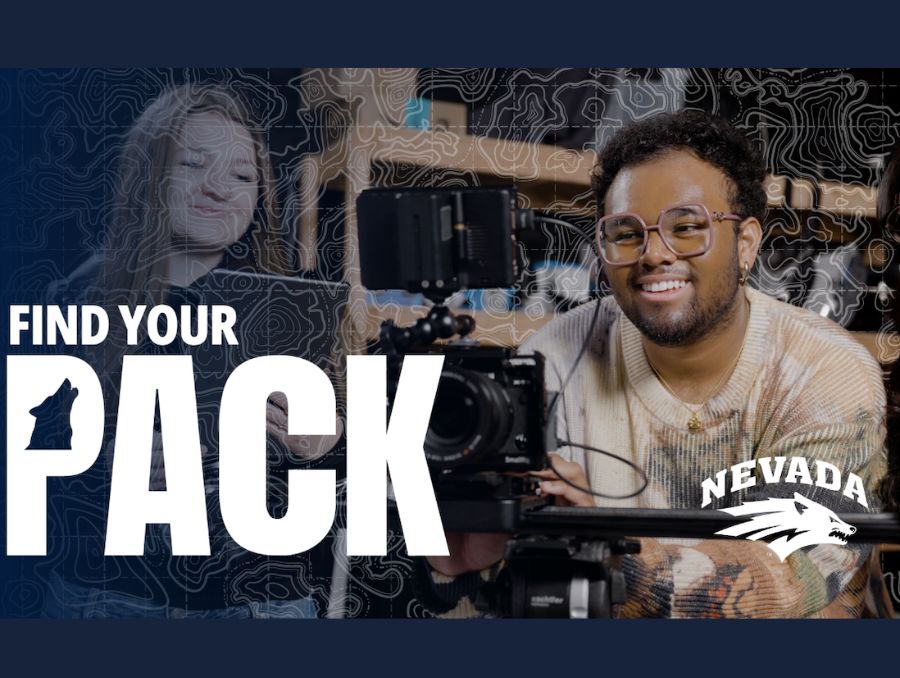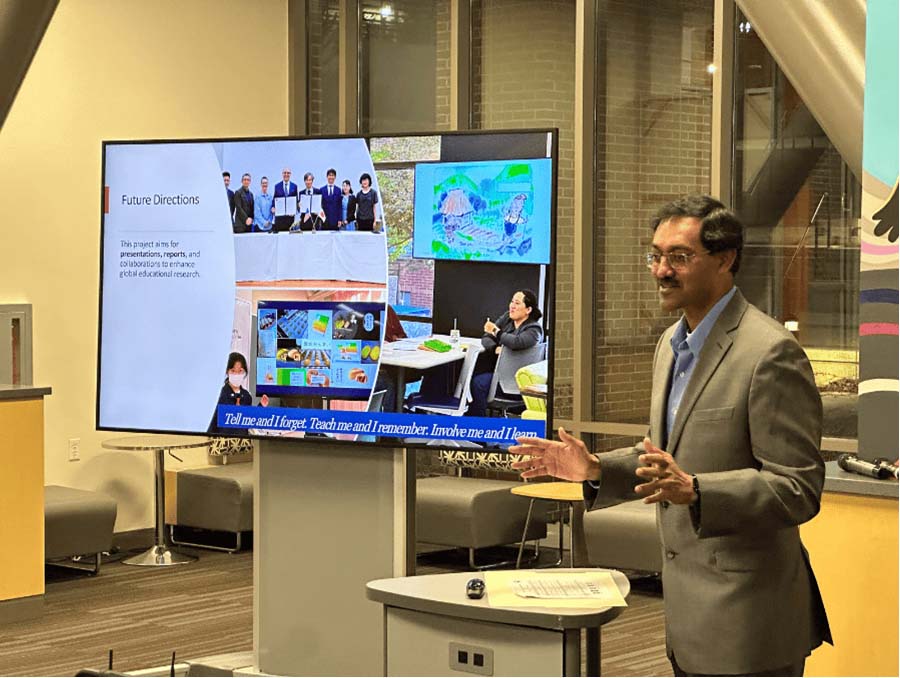Two graduate students at the University of Nevada, Reno are doing research to improve the clarity and preserve the ecology of Lake Tahoe. Marcy Kamerath, 25, and Dave Rios, 28, work under the supervision of Sudeep Chandra in the University’s Department of Natural Resources and Environmental Science.
Chandra was one of five speakers featured at the 11th Tahoe Summit on Aug. 15. He reviewed the impact of invasive and non-native fish and plant species, such as curly-leaf pond weed and water milfoil. He also recommended policies, resources and collaborative strategies necessary to slow and control the spread of these species.
Now Kamerath and Rios are following Chandra’s lead.
Strangers in the water
Kamerath, originally from St. George, Utah, will be completing her master’s program this December. She works in the field of limnology, which is closely related to hydrobiology. Limnologists study the geology, chemistry, physics, geography and ecology of lakes. Kamerath became interested in the field during her senior year in college when she took a field trip to Eagle Lake, Calif. During the trip, she learned about zooplankton and how important it is to lake ecosystems.
“It boggled my mind,” she said. “How could I have swam in and visited many lakes my entire life and not known about these organisms?
“I was enchanted by the biological and physical dynamics within lakes from then on.”
As a graduate student at the University, Kamerath’s project involves the invasive species at Lake Tahoe, namely largemouth bass and bluegill. These are species that have been accidentally or intentionally introduced to the lake by fisherman within the last three decades. They are spreading from the southern shores of the largest freshwater lake in the Great Basin to other parts of the lake.
“These fish could endanger the native fish that help keep Tahoe’s shoreline clean, healthy and in balance,” she said. “We are using temperature, computer models and other information about the bottom of the lake around the shoreline to determine where these species will most likely live.”
The non-native fish threaten native fish because they are more predatory. According to Kamerath, there aren’t many natural species remaining in the lake, and the existence of these invasives means those that are left might not be there for long.
“Since the invasives prefer and are more prolific in warmer waters, increasing temperatures due to climate change mean this problem is not a short-term one,” Kamerath said.
The results of her research might mean a solution to this problem before it gets too difficult or impossible to solve.
From monitoring jaguars to observing Tahoe restoration projects
Rios’ work also ensures the preservation of our local natural treasure. A native of Auburn, Calif., he will graduate in Fall 2009 with his master’s degree. He became interested in environmental studies while in a field studies class in the Arizona desert. There, he examined the ecology and management of the jaguar. That experience led him to complete his bachelor’s in conservation biology at Cal State-Sacramento.
“After graduating, I worked as a wildlife technician in California, Nevada, Oregon and Louisiana,” he said. “Later I was hired as a hydrologic technician in South Lake Tahoe.
“All of that led me to be a graduate student here at the University.”
Rios is working with Professor Chandra and co-adviser Alan Heyvaert at the Desert Research Institute (DRI) on two projects to understand and promote the health of the lake. Rios notes that lake clarity can be improved by implementing projects. Constructed wetlands, erosion control projects and stream restoration can control and improve the water quality conditions.
“One of my projects is looking at the characteristics of the water that enters Lake Tahoe from two waterways on the north shore,” he said. “We are interested in the nutrients and sediment that enter the streams and eventually the lake.
“Development occurring next to streams can alter the water, and our work will establish the current water-quality conditions before any kind of restoration projects take place.”
His other project deals with constructed wetlands. Similar to Kamerath, he is interested in the habitat provided for invasive species in these wetlands. The more hospitable the habitat is, the more danger there is for the native species.
“It is important to understand the effectiveness of our restoration efforts,” he said. “We need to understand the ecology before and after the projects so we can really measure the results.”
The perfect partnership
University scientists say they have keen appreciation for such graduate student research. The Academy for the Environment on campus, along with graduate project co-administrator DRI, recently published a report that acknowledges the work of more than 100 graduate students over the last 25 years.
Rios and Kamerath are two students whose work is celebrated by Chandra, their adviser.
“It’s fantastic working with Dave and Marcy,” he said. “They are both bright and driven to understand the processes of nature.”
Chandra says perhaps the best thing about working with them is the differences between their backgrounds and the research they do.
“Marcy’s background with invasives is different from Dave’s water-quality background,” Chandra said. “They both bring enthusiasm to two different fields, and I get to learn from both of them.”
And what is it like to work for a professor who has been profiled by National Geographic and CNN.com Asia? Both students used the word contagious.
“Sudeep is incredibly committed to his students, his research and his teaching,” Rios said. “His enthusiasm is contagious and it is a great privilege to work with him.”
“He has an incredible amount of energy, his passion is contagious, and his patience well-practiced,” Kamerath said. “Several doors have been opened for me because of my experience in his lab.
“I am very grateful for the past few years I’ve worked with him.”




